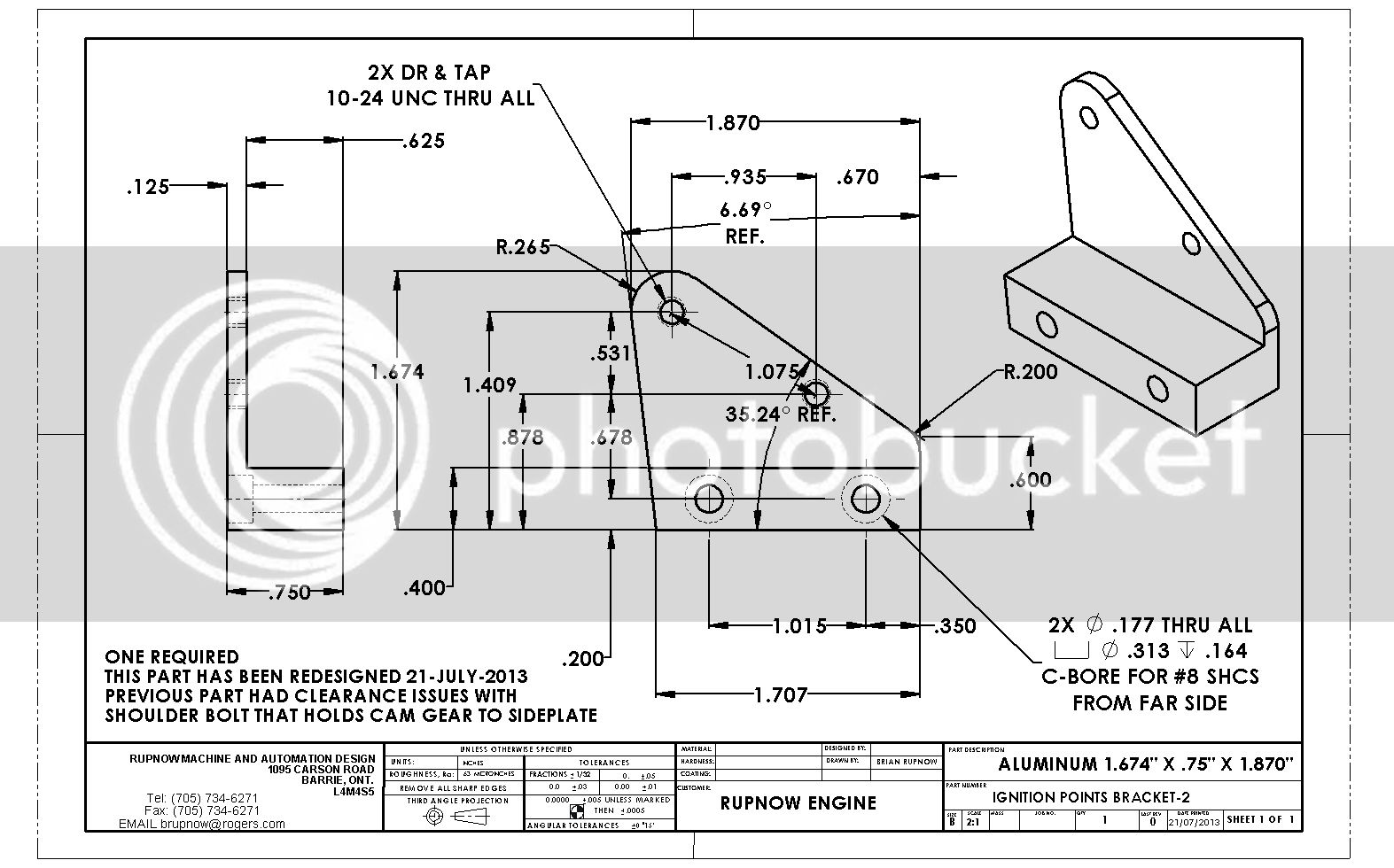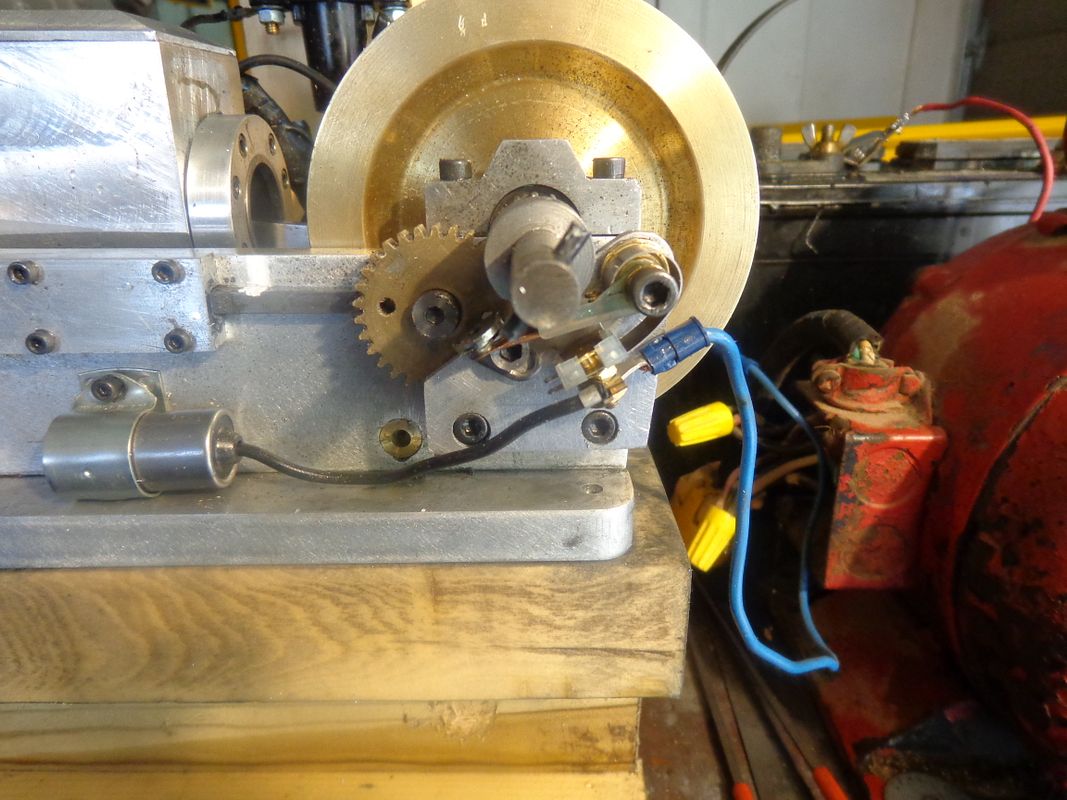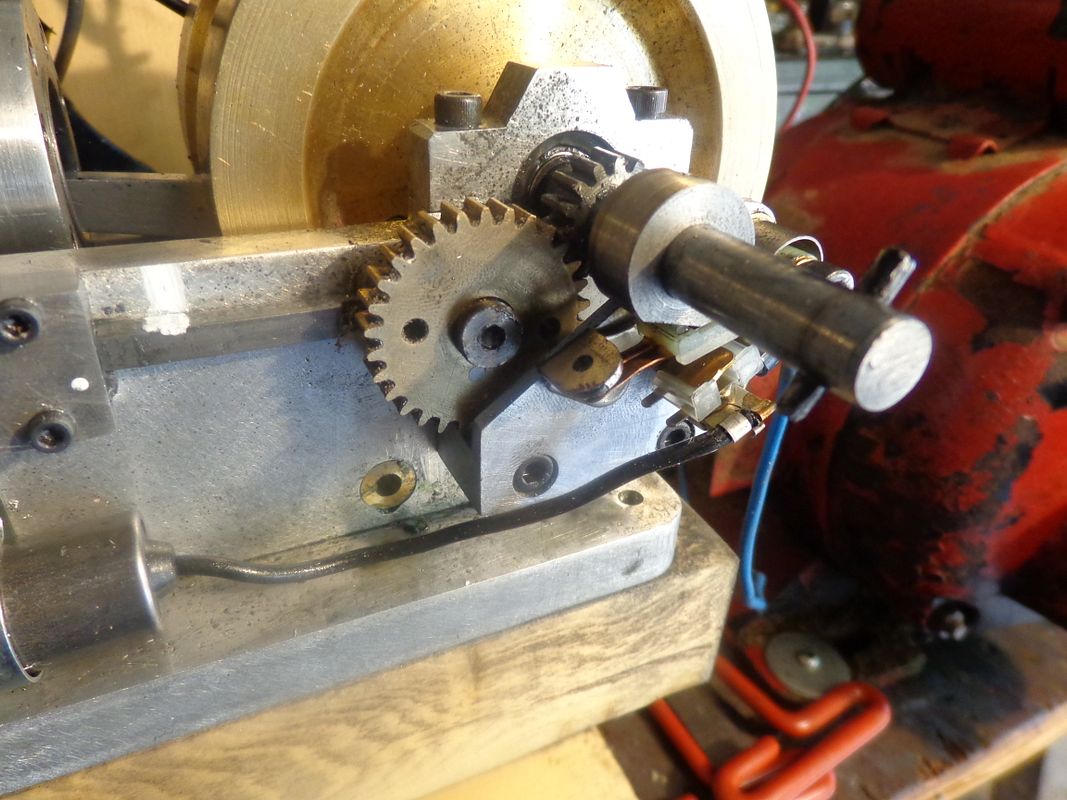Assuming that you valves are seating properly, and your piston ring is installed and working, when the piston moves from top dead center to bottom dead center during the intake stroke, a considerable amount of vacuum should be created in the cylinder. This is when your "atmospheric intake valve" is supposed to open. As stated before, this is an extremely "dicey" adjustment. The spring has to be strong enough to close the valve, but light enough to be operated by "vacuum". Now some engine builders will tell you that this judgement call can be made while the engine is being turned over by hand. My experience has been that you can turn the engine over till the cows come home, and never see the damned valve move!! That's part of the reason I like to drive the engine with an electric motor. Make your "best guess" for valve spring length, hook up the electric motor, and let things roll. If you see the valve dancing up and down, you're golden. If the valve doesn't appear to move, remove the valve, cut one coil from the valve spring and reinstall. WARNING--WARNING--Make sure your piston is at top dead center while doing this, or there is a good possibility you will chase the valve out of sight and it will fall into the cylinder, requiring you to disassemble the whole engine to get the valve back.---Don't ask me how I know!!! After removal of one coil, try the electric motor again. Keep on removing one coil at a time until you see that valve start to dance as the motor turns the engine over at a good clip, say about 300 to 400 RPM. Don't expect to see MUCH movement--the valve may only open 1/16" or less, but it does have to open. On the current engine I am building I had to remove either 3 or 4 coils (can't remember which) from the half length spring that I started with before the valve began to move. Also, be aware that the valve stem must slide very freely in its guide, but not so freely that it leaks a lot of air. There are a lot of "judgement calls" involved here, that can only be learned by experience, and paying your dues in frustration..--Of course, it goes without saying that your sparkplug must be installed during this operation.




![DreamPlan Home Design and Landscaping Software Free for Windows [PC Download]](https://m.media-amazon.com/images/I/51kvZH2dVLL._SL500_.jpg)














